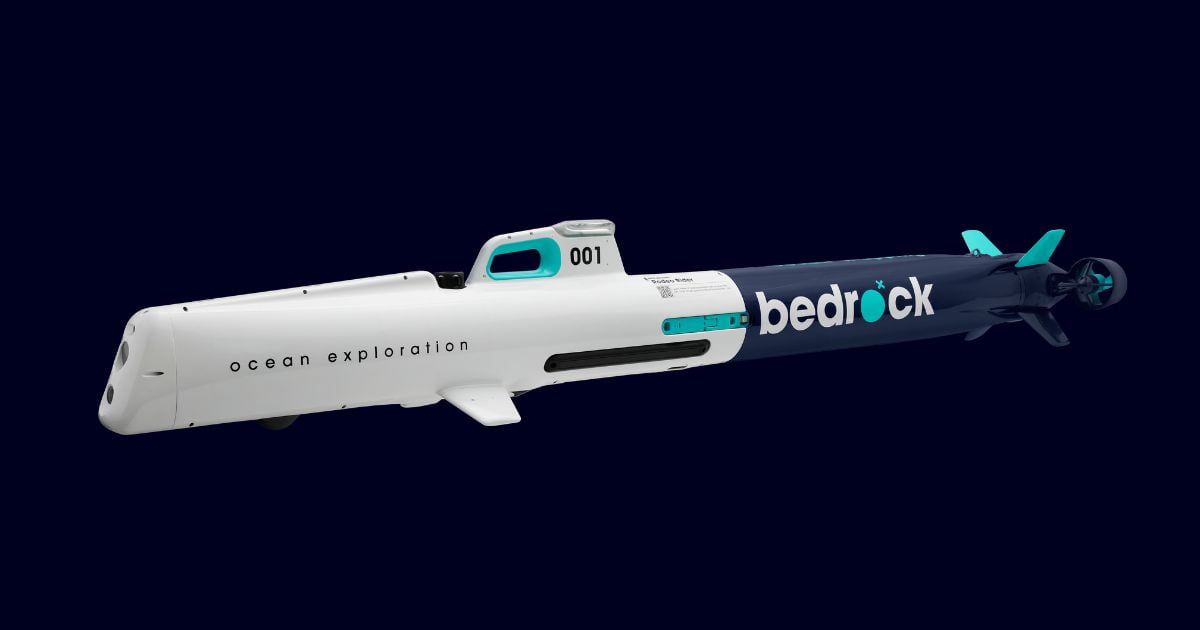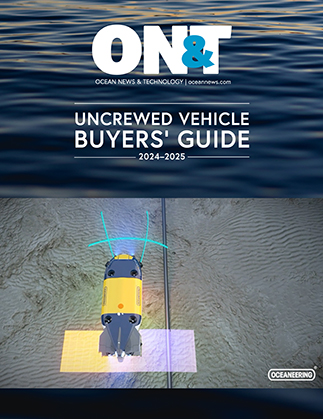Our ocean holds the key to producing clean, renewable energy. It can provide us with the abundant natural resources needed to vastly accelerate global decarbonization efforts. But we currently lack the critical seafloor data needed to unlock this potential within the time frames needed.
Click here to read the full article, featured in ON&T June 2022.

